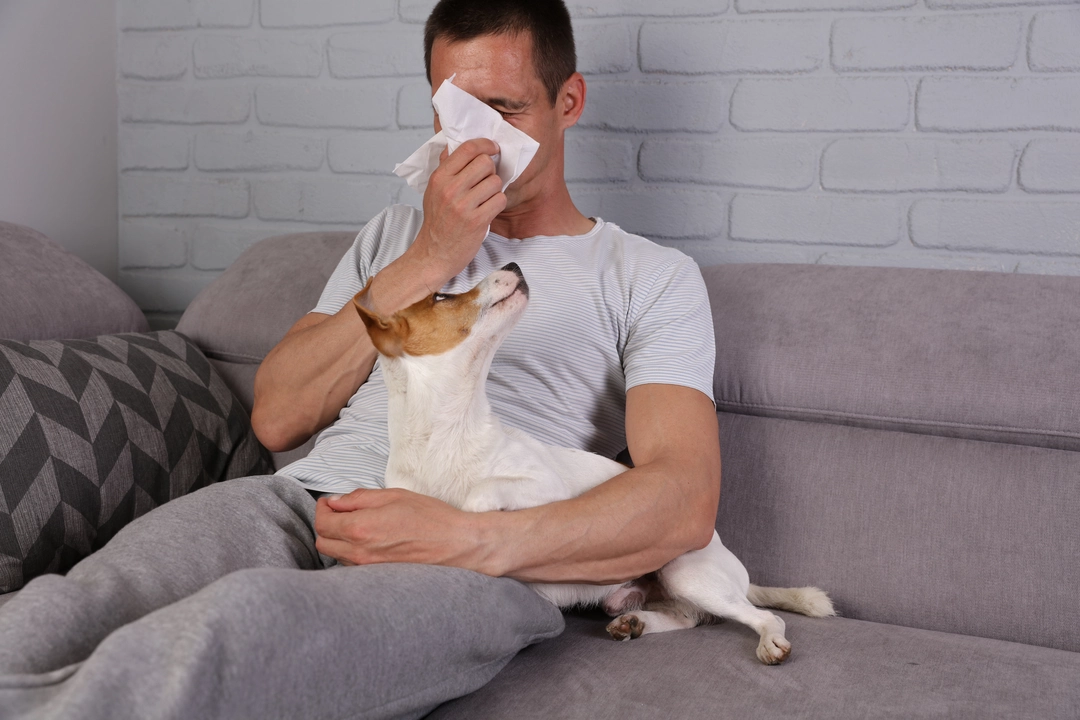Pet allergy: how to spot it and what actually helps
Think your sneezing, itchy eyes, or persistent cough might be from a pet? Pet allergy is common and often comes from proteins in skin flakes (dander), saliva, or urine — not fur itself. People react differently: some sneeze and sniffle, others get itchy skin or worse asthma. Knowing the signs and simple fixes can make a big difference fast.
Spotting symptoms and testing
Typical signs are runny nose, itchy or watery eyes, sneezing, coughing, wheeze, and skin rashes after contact with a pet. If asthma is involved, exposure can trigger tightness or shortness of breath. The quickest check is to note if symptoms flare after pet contact or in rooms where the animal spends time. For a firm answer, see an allergist for skin prick tests or blood tests (IgE). Those tests show which animal proteins you react to and help guide treatment.
Practical steps to cut exposure
You don’t always have to give up a beloved animal. Start with the easiest wins: keep pets out of the bedroom and off soft furniture where dander builds up. Use high-efficiency (HEPA) air filters in sleeping and living spaces and run a vacuum with a HEPA-rated filter weekly. Bathe or groom the pet regularly — even a quick wipe with a damp cloth helps remove dander. Wash bedding, curtains, and rugs in hot water every one to two weeks.
Swap to hard floors if possible and replace cloth-heavy decor. Use allergen-impermeable covers for mattresses and pillows. If a household member is highly allergic, consider a dedicated pet-free room with its own air purifier. Small changes add up: fewer soft surfaces and better ventilation mean lower allergen levels.
Medication can control symptoms. Over-the-counter antihistamines ease sneezing and itching. Nasal steroid sprays reduce inflammation and work well for congestion. For skin reactions, topical creams or prescription options help. If you have asthma, keep your inhaler handy and follow your asthma action plan.
Allergy shots (immunotherapy) or sublingual tablets are the only treatments that change the immune response long term. They’re not quick fixes — expect months to years — but many people get significant, lasting relief. Talk to an allergist about whether immunotherapy fits your situation.
One myth: "hypoallergenic" breeds. No dog or cat is truly allergen-free. Some breeds shed less, which can lower dander spread, but they still produce allergenic proteins. Choosing a pet should focus on behavior and care needs, not promises of zero allergens.
If symptoms are severe, sudden, or include trouble breathing, see a doctor right away. For ongoing issues, a simple test and a smart mix of home changes and medical options can let most people keep pets without constant misery. Small, consistent steps usually give the biggest payoff.
As a pet allergy sufferer, I've found azelastine to be a great solution for managing my symptoms. This guide will cover the basics of this antihistamine, including how it works and the benefits it offers. We'll also discuss potential side effects and important precautions to take when using azelastine. By the end of this guide, you'll have a better understanding of how azelastine can help you enjoy your furry friends without the discomfort of allergies. Give it a try and see if it makes a difference for you!

